So What's SEO, Anyway?

What is SEO (Search Engine Optimization)?
SEO, or Search Engine Optimization, is the practice of optimizing your website and its content to improve its visibility and ranking on search engine results pages (SERPs), like those on Google, Bing, or Yahoo. The goal of SEO is to make your site more appealing to search engines so that when people search for keywords related to your business, your site shows up near the top of the results.
In simpler terms, SEO is about ensuring that your website appears in front of the right audience when they search for something you offer, whether it’s a product, service, or information.
Why is SEO Important?
The vast majority of online experiences begin with a search engine. According to recent studies, over 90% of online experiences start with a search, and most users don’t go past the first page of search results. This means that if your website doesn’t show up near the top for relevant searches, you're missing out on a huge opportunity to connect with potential customers or visitors.
- More visibility: The higher you rank, the more people will find your website.
- Organic traffic: SEO helps you generate traffic without paying for ads.
- Credibility and trust: Sites that rank higher in search results are often seen as more trustworthy and authoritative.
- Better user experience: SEO isn’t just about pleasing search engines; it's also about creating a better experience for your users.
How Does SEO Work?
SEO involves a combination of strategies and techniques aimed at improving your website’s rankings. Search engines like Google use complex algorithms to determine which websites should appear in search results. These algorithms evaluate a variety of factors, including:
1. Keywords
- What are they? Keywords are the words and phrases that users type into search engines when looking for something. Choosing the right keywords and incorporating them strategically into your content is crucial for SEO.
- Example: If you run a bakery, your target keywords might include “best chocolate cake near me” or “fresh baked bread delivery.”
2. On-Page SEO
- This refers to optimizing the individual pages of your website. It includes things like:
- Title tags: The title of your page, which should include relevant keywords.
- Meta descriptions: A brief summary of the page content that shows up in search results.
- Headings: Organizing your content with proper headers (H1, H2, H3) for better readability and relevance.
- Content quality: Your content should be informative, valuable, and answer the user’s search intent.
3. Off-Page SEO
- This focuses on building your website’s authority and reputation through external factors, like backlinks (links from other websites pointing to yours). The more high-quality backlinks you have, the more likely search engines are to view your site as trustworthy and valuable.
- Example: If a well-known food blogger links to your bakery’s website, it signals to Google that your site is credible and worthy of ranking higher.
4. Technical SEO
- Technical SEO is about optimizing the backend of your website to help search engines crawl and index your content more effectively. This includes:
- Website speed: Faster websites offer better user experience and rank better.
- Mobile-friendliness: With the increasing use of smartphones, a mobile-optimized website is essential.
- Structured data: Using code (like schema markup) to help search engines understand your content better.
- URL structure: Clean, descriptive URLs that are easy for both users and search engines to understand.
5. User Experience (UX)
- Google increasingly factors in user experience into rankings. This includes how easy your site is to navigate, how quickly it loads, and how engaging your content is.
- Example: A website that takes too long to load or is hard to navigate might push users away, resulting in higher bounce rates, which can negatively impact rankings.
Key Components of an Effective SEO Strategy
- Keyword Research: Identifying the terms your audience is searching for and strategically placing them in your content.
- Quality Content: Creating valuable content that answers users' questions and meets their needs.
- Link Building: Earning backlinks from other reputable sites to build your site's authority.
- Technical Optimization: Ensuring your website is fast, secure, and easy to navigate.
- Monitoring and Analytics: Regularly tracking your SEO performance through tools like Google Analytics and Search Console to see what's working and what needs improvement.
SEO vs. SEM (Search Engine Marketing)
It’s important to differentiate SEO from SEM, which refers to paid search advertising (like Google Ads). While both aim to get your site in front of users, SEO focuses on organic traffic (free), while SEM relies on paid ads to appear at the top of the search results.
While SEO is a long-term strategy, SEM can provide immediate results but requires ongoing investment.
Common SEO Myths
- SEO is a one-time fix: SEO is an ongoing process. Algorithms change, competitors adjust, and you need to keep optimizing your site.
- SEO guarantees top rankings: No one can guarantee top rankings, as search engines are always evolving. However, following best practices will certainly improve your chances.
- More keywords equals better rankings: Keyword stuffing can hurt your rankings. It’s about quality and relevance, not quantity.
- SEO is all about links: While backlinks are important, content quality, user experience, and technical aspects also play a huge role.



